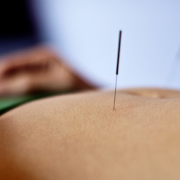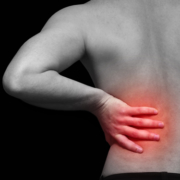How to Make the Most of Your Massage
The reason why individuals opt for a massage session is so that they can get maximum benefits out of it. However, with a few mistakes made during the session, sometimes it becomes hard to get the most benefits out of this therapy. To make things easier for you, here are the ways you can get the most out of your massage.
1. Be open
When you go in for your massage, it is important to be as open as possible. You need to be communicating with your massage therapist so you can let him/her know what to do. During the entire massage therapy, make sure you are being open and not holding any thoughts back if you want the most out of your massage.
2. Eat in Advance
It is important to eat at least 2 hours before your massage session because you need to let your body digest the food. If you have not digested the food properly, the pressure you apply will feel uncomfortable no matter what the intensity is.
3. Be on Time
To get the most out of your massage session, you need to make sure you are getting there on time. If you get there in a rushed state, it will take longer for you to relax. But if you get there on time, you will be more relaxed resulting in great massage.
4. Communicate
It is important to communicate with your massage therapist. Before the session begins, you need to let your massage therapist know about health information, what you expect out of this massage and the reason why you are getting it. You must let him/her know about any allergies you may have to lotions, powders, or oils so there is no irritation on your skin. If you prefer the music to be on, let your therapist know what type of music you prefer, but if it is bothering you, then ask him/her to turn it off. If you feel any sort of discomfort throughout the course of your massage, make sure you are letting the therapist know so they can be more careful in the future. When the session is over, you need to give your therapist feedback. Let them know any details related to the speed of their hand movements, pressure, anything that did not feel good. Do not feel hesitant in discussing any concerns with your therapist.
5. Facilitate Your Breath
No matter what type of massage you are getting, it is important to facilitate your breathing. People tend to stop breathing properly during their massage, and that is not good. It makes them anxious and tenses the muscles. With tensed muscles and disturbed breathing, there is no way you will be able to get the most out of your massage session.
All these tips will make sure you are getting the most out of a single massage session, but to get the most benefits, you will need to opt for regular massages. If you’re looking for quality, professional massage therapy service, give our office @ call @ 780-455-2112. Check us out at www.ocwc.ca.




